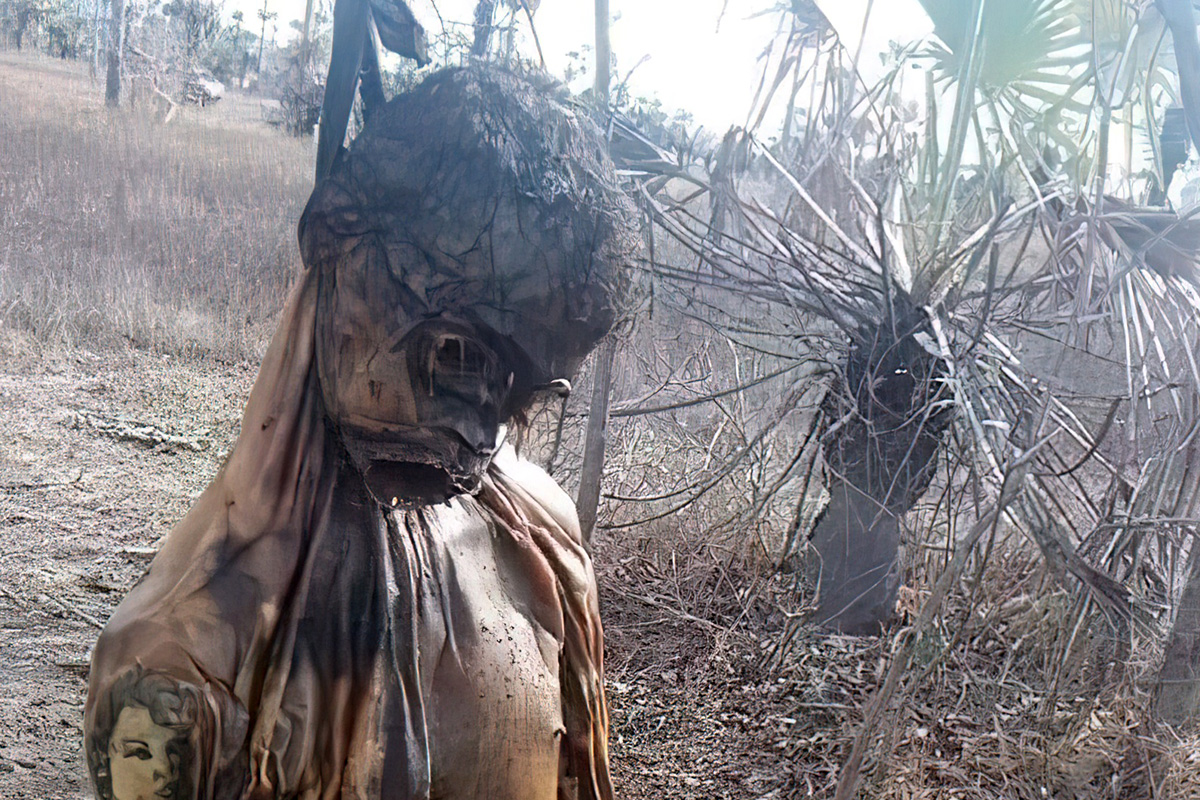This individual was found in a state of advanced decay, he had committed suicide by hanging. No further info. The length of the postmortem interval needed for skeletonization of a body or parts of it is highly variable and mainly depends on the ambient temperature, insect colonization of the body, and scavenger activity. Under warm to hot environmental conditions, and increasingly under the influence of moisture, aerobic bacterial activity from the outside is accelerated with resultant advanced manifestation of odor of the body, attracting insects and scavengers to the body. Skeletonization and mummification often occur together in different or identical parts of the body.
Usually all skin, soft tissue, and muscles are lost before a skeleton becomes disarticulated. Disarticulation of bones in skeletonized bodies is more often seen to take place from the head downward and from central to peripheral than in the reverse way.
Latest posts








